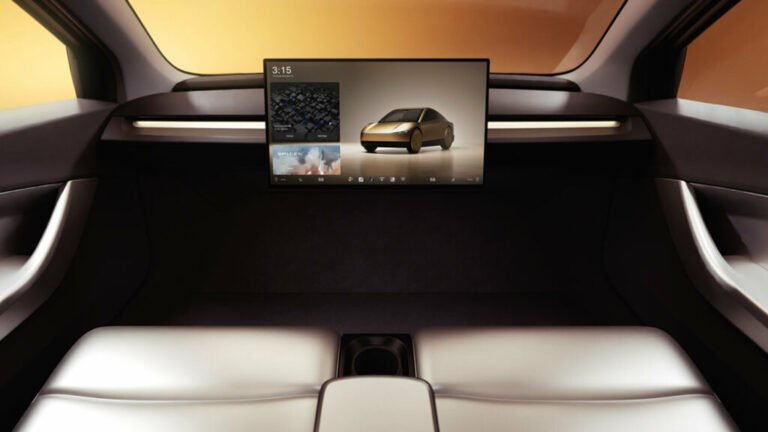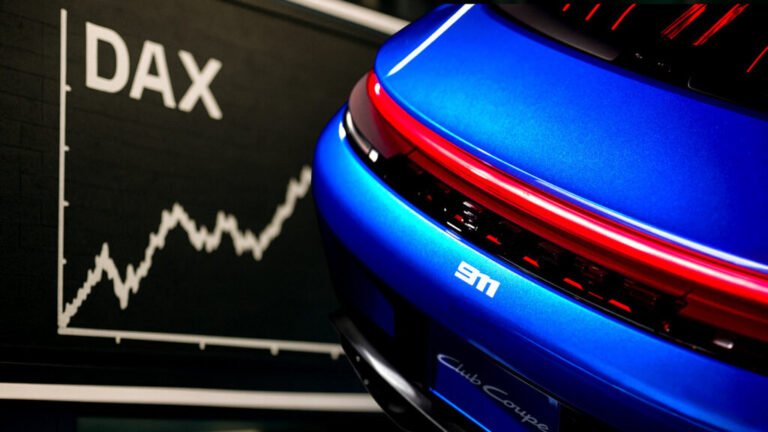Charging and pumping gas are not the same
One seemingly obvious difference between EVs and gas cars is the way each vehicle is refueled, but charging an electric car can be a wildly different experience from filling up a car’s or truck’s gas tank. In the heyday of highway motoring, full-service stations used to do much more than fill up gas. In a 1960s TV ad, Texaco bragged that its full-service stations were much more than just run-of-the-mill gas stations. Their attendants would not only fuel your car, but they would also run a battery test, check your wipers, engine oil, fan belt, radiator, and clean your windshield while you waited to fill up.
Today’s modern electric cars do not get the same kind of treatment, as many of them are self-serve chargers built near busy big-box shopping centers, shopping malls, or parking garages. Here, drivers can be exposed to all sorts of stormy weather and temperatures, and are virtually on their own for the 20-or-so minutes it takes to charge up.
Getty Images
The Trump Administration’s latest recommendation may change where you charge
Last month, the Trump administration reopened the National Electric Vehicle Infrastructure (NEVI) program, a $5 billion effort initiated by the previous administration aimed at building EV charging stations alongside America’s highways. The restart of the program came with revised guidance from Department of Transportation Secretary Sean P. Duffy and the Federal Highway Administration (FHWA) would “streamline” and make the program more flexible for states, while ensuring that “charging stations are actually built, and federal funding is spent effectively and efficiently.”
“If Congress is requiring the federal government to support charging stations, let’s cut the waste and do it right,” Transportation Secretary Duffy said in a press release. “[…] Our revised NEVI guidance slashes red tape and makes it easier for states to efficiently build out this infrastructure. While I don’t agree with subsidizing green energy, we will respect Congress’s will and make sure this program uses federal resources efficiently.”
Getty Images
Among the agency’s new provisions is one that encourages states to give their money to charging locations where the businesses that own the stations also own the ground below them to “expedite project delivery.”
“States should consider the proximity of existing off-highway travel centers, fuel retailers, and small businesses to proposed charging locations. FHWA encourages co-locating chargers at retail locations with onsite amenities that could provide safe locations and restrooms,” the FHWA wrote in the August 11 NEVI document. “FHWA encourages the selection of charging locations where the charging station operator is also the site host (i.e., property owner). In the alternative, FHWA encourages the selection of locations where the charging station operator has a committed agreement with the site host to expedite project delivery.”
Charging providers and fueling companies are divided
Fast-charging stations from companies like Tesla and Electrify America often operate on properties they do not own, partnering with restaurants and malls to attract electric vehicle (EV) drivers. In contrast, fueling chains like Buc-ee’s, Sheetz, and Wawa own strategic off-highway locations, making them more convenient for drivers. According to the EV-charging consultancy firm Paren, these prime locations contribute to gas stations receiving 53% of the grants and awards from the NEVI program.
However, major national and regional fueling chains like Buc-ee’s, Sheetz, and Wawa own prime off-highway real estate that is convenient for drivers. According to data from the EV-charging consultancy firm Paren, these kinds of locations are a significant reason why gas stations have received 53% of the grants and awards under the NEVI program.
Since the Trump administration has written the new rules to give gas stations even more of an edge, the fueling industry and EV charging providers are left divided. In remarks by the Charge Ahead Partnership (CAP), a group that represents several convenience stores, truck stops, and fueling groups, it said that revised NEVI program changes not only streamline and eliminate red tape to spur growth, but also “promote greater accountability” for owners and operators to provide reliable EV charging.
“The nation’s EV charging network will ultimately be run by thousands of businesses in every state, competing with one another to offer the most efficient and affordable charging service,” CAP executive director Jay Smith said in a statement. “These revised guidelines will help more businesses get in the game, and the resulting competition will be better for EV drivers.”
Jay L Clendenin/Getty Images
At the same time, established charging providers such as Tesla, whose dominant presence of Superchargers has pushed automakers to standardize the NACS charging port in their cars, argued that land ownership is a poor way to make funding decisions.
“As the charging industry continues to develop, symbiotic multi-site relationships are becoming the norm between charging operators and large property owners (including national retail chains). Not only should charging operators not be put at a disadvantage because of this new guidance, but also property owners who prefer not to enter into the charging operator business should also not be penalized,” Tesla said in its comments responding to the FHWA. “[…] EV charging companies are focused on delivering reliable and safe charging experiences for consumers at scale, and Tesla respectfully disagrees with prioritizing site ownership over other more important qualifications.”
Final thoughts
I do somewhat agree with the FHWA’s idea that states should locate EV chargers next to existing fuel retail and “co-locating chargers at retail locations with onsite amenities that could provide safe locations and restrooms,” as it does appeal to what EV owners want.
In a February 2024 study conducted by AutoPacific, the majority of American EV owners want charging to feel like going to the typical gas station: well-lit, covered, with signage indicating pricing and offering basic vehicle care services like windshield cleaners, air pumps, and vacuums, as well as Wi-Fi access.
Startups like Ionna and companies like Electify America and Tesla are trying to add such amenities into their new concepts for fully built-out electric charging “destinations.” However, building one-off locations like the Tesla Diner in Los Angeles isn’t going to solve the charging infrastructure problem. Nevertheless, this idea of removing the red tape seems to be a good start.



